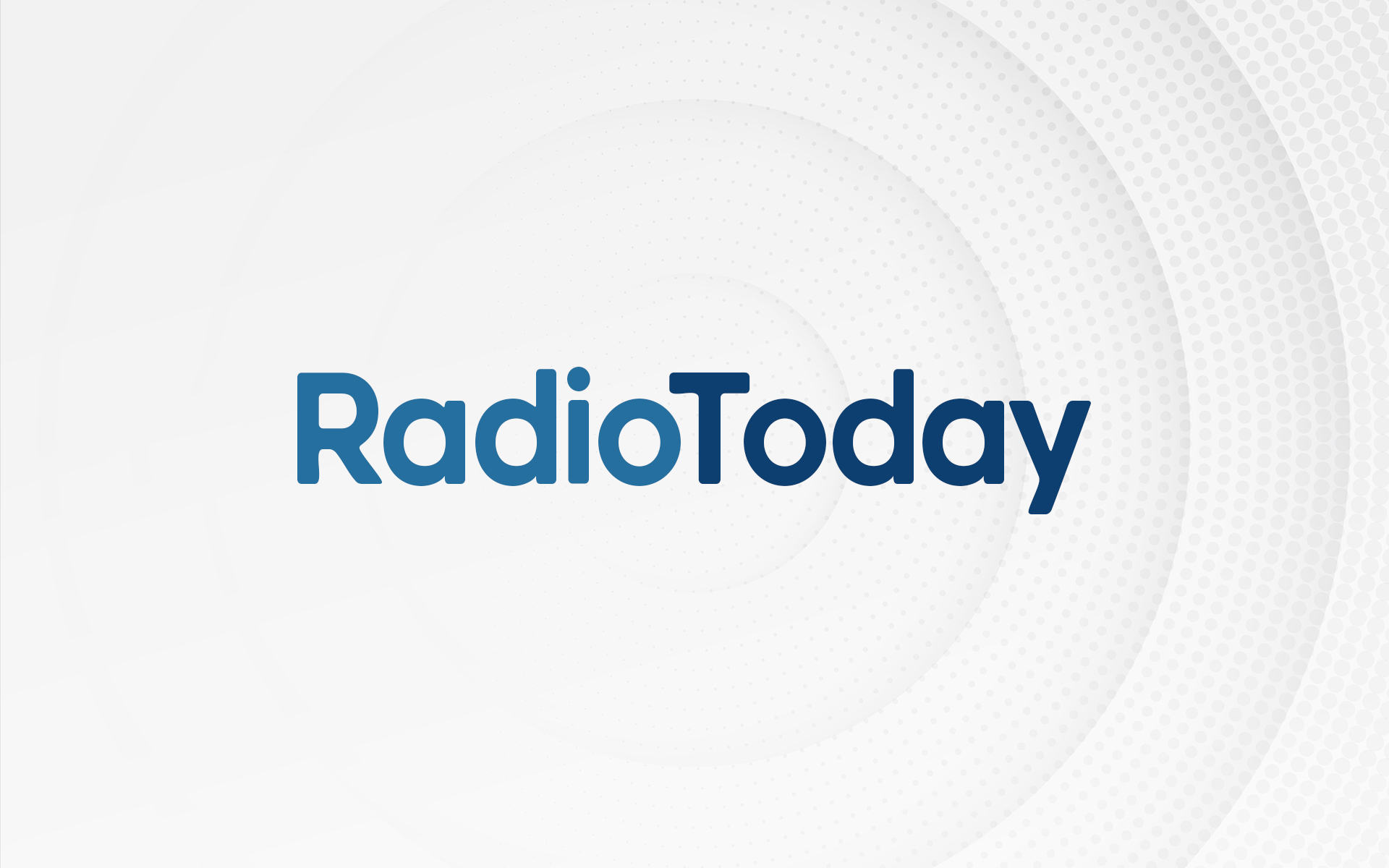
Ofcom has published its first proposed timetable of new FM local commercial radio licences to be advertised in six areas across the UK.
Following the rule of “one large and one small licence per month” – Edinburgh and Blackburn will the first new licences to be advertised in June this year.
All of the licences below are offered provisionally for the use, from a single transmission site, of a single frequency on the FM (VHF) waveband.
Any identified frequencies are still subject to co-ordination, and may require restrictions in addition to any mentioned below.
Applicants must note that, although in some cases Ofcom is seeking clearance of frequencies at particular transmission sites, it has not been ascertained whether there are any practical constraints or cost implications in using these sites.
It will be for applicants themselves, if they wish to use the identified sites, to discuss these aspects with the relevant site operators.
Applicants should also note that they may propose alternative sites to those identified below.
The technical parameters of all existing services are available on the Ofcom website at: http://www.ofcom.org.uk/licensing_numbering/radio_sound_broadcasting/tech_parameters/
The timetable set out below has been prepared on the basis of the proposal in the consultation document ‘The Future Licensing of FM Commercial Radio’ that Ofcom will advertise two licences per month. However, the timetable is without prejudice to the results of this consultation and is therefore subject to change.
Date of licence advertisment Licence areas.
June 2004
Edinburgh – larger licence
This licence is offered for a service designed to cover the city of Edinburgh, and the area surrounding the Firth of Forth.
Ofcom is seeking agreement for use of the frequency 107.0 MHz for this service, with clearance parameters very similar to those implemented by existing services operating from the Craigkelly transmission site. If the successful applicant were to implement a service using this site and these parameters, coverage is expected to be very similar to that achieved from this site by Forth One (97.3 MHz), Beat 106 (105.7 MHz) and Real Radio (101.1 MHz).
Blackburn – smaller licence
This licence is offered for a service designed to cover the town of Blackburn and the surrounding area, which may include all or some parts of Great Harwood, Clayton-Le-Moors, Rishton, Accrington and Darwen. Although limited overspill into parts of Preston and Burnley will be likely, this licence is not designed to serve these population centres, and Ofcom is unlikely to approve transmission proposals which would deliver unacceptably strong signals into either location.
Ofcom does not intend to clear a transmission site for this service nor specify a frequency for it, until the successful applicant finalises its transmission proposals. We expect that the service will be able to utilise a maximum effective radiated power (erp) of 200 Watts mixed polarisation, with a maximum erp of 100 Watts applying in each of the horizontal and vertical planes of polarisation.
July 2004
Belfast – larger licence
This licence is offered for a service designed to cover the city of Belfast and the surrounding area.
Ofcom intends to utilise one of a number of frequencies previously internationally agreed for use from the Black Mountain transmission site. This licence will be advertised on the basis of a maximum effective radiated power (erp) of 1.0 kiloWatt (mixed polarisation), with a maximum erp of 500 Watts applying in each of the horizontal and vertical planes of polarisation. If the successful applicant were to implement a service using this site and these parameters, coverage is expected to be more extensive than that achieved by the existing service operating from this site on 96.7 MHz (City Beat 96.7) but more limited than that achieved by the service operating on 97.4 MHz (Cool FM).
Ashford, Kent – smaller licence
This licence is offered for a service designed to cover the town of Ashford, in Kent, and the immediately surrounding area.
Ofcom intends to use the 107.6 MHz frequency for this service, although no transmission site will be cleared until the successful applicant has finalised its transmission plans. It is expected that this frequency should be able to be used at a maximum effective radiated power (erp) of 500 Watts (mixed polarisation), with a maximum erp of 250 Watts applying in each of the horizontal and vertical planes of polarisation.
Depending on the transmission site used, Ofcom might need to impose restrictions in order to protect from interference the existing services for Chelmsford (Dream 107.7), Eastbourne (107.5 Sovereign Radio) and Havering (Soul City 107.5). In addition, a restriction to the south-east may be requested by the French administration to protect from interference a motorway travel service in northern France on 107.7 MHz. The depth and arc of this restriction will depend on the transmitter site and transmission parameters proposed by the successful applicant.
Due to incoming interference, the useable field strength for this service is likely to be between 60 and 65 dB ?V/m over much of the service area.
August 2004
Manchester – larger licence
This licence is offered for a service designed to cover most parts of the Greater Manchester area, and some neighbouring districts.
Ofcom is seeking agreement for use of the frequency 97.7 MHz for this service, with clearance parameters very similar to those implemented by existing services operating from the Sunley Building transmission site. If the successful applicant were to implement a service using this site and these parameters, coverage is expected to be very similar to that achieved by Galaxy 102 (102.0 MHz).
Kidderminster – smaller licence
This licence is offered for a service designed to cover the town of Kidderminster and the surrounding area, which may include all or some parts of Stourport and Bewdley. Although limited overspill into parts of Stourbridge, Bromsgrove and Worcester will be likely, this licence is not designed to serve these population centres, and Ofcom is unlikely to approve transmission proposals which would deliver unacceptably strong signals into these locations.
Ofcom does not intend to clear a transmission site for this service nor specify a frequency for it, until the successful applicant finalises its transmission proposals. We expect that the service will be able to utilise a maximum effective radiated power (erp) of 200 Watts mixed polarisation, with a maximum erp of 100 Watts applying in each of the horizontal and vertical planes of polarisation.
Glossary
Transmission Proposal
A proposed geographical location for a transmitter, with details of its aerial’s height, power, polarisation and any directional characteristics.
Maximum Effective Radiated Power
Transmission aerials squash their energy outwards rather than upwards. The power they radiate outwards is often not the same as the power the transmitter box sends to them. ‘Effective’ is a way for engineers to quantify what is actually radiated outwards, and if it is a directional aerial then it achieves its ‘Maximum’ radiation in that direction.
Polarisation
Radio signals vibrate either vertically, horizontally or sometimes both, depending on the way the transmitting aerial is mounted. If it is vertically mounted (‘polarised’) then the receiver aerial needs to be orientated vertically to get the strongest signal, likewise in the horizontal polarisation. If both polarisations are used (called mixed polarisation) then the receiver aerial can be either vertical, horizontal or slanted to get a signal. Most radio stations use aerials that are either vertical or whose vertical component is at least as powerful as the horizontal one.
Useable field strength
This is the level of signal required for the receiver to overcome any interference within the station’s service area and provide good audio quality.
Interference<
br />
This is the degradation caused by one service to another due to the use of similar or adjacent frequencies.
Clearance parameters
This is the set of details used to seek agreement for the use of a transmitter site(s) for a service. It will include information on the location, aerial height, frequency, etc.. These details are distributed to other users of the radio spectrum, both within the UK and abroad, so that they can assess whether the proposal might affect the services they operate.


